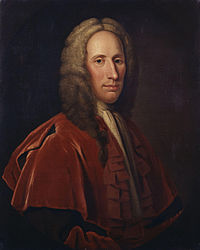This article needs additional citations for verification. (November 2016) |

The malt tax riots were a wave of protest against the extension of the English malt tax to Scotland. The riots began in Hamilton on 23 June 1725 and soon spread throughout the country. The fiercest protests, the Shawfield riots, were in Glasgow, but significant disturbances occurred in Edinburgh, Stirling, Dundee, Ayr, Elgin and Paisley.[1]
The Lord Advocate, Robert Dundas, an opponent of the imposition of the malt tax on Scotland, published an anti-malt tax pamphlet and was sacked. General Wade was appointed to quell the protests and several rioters were killed or transported. However, the British government was forced to make concessions, and the riots led to the establishment of the Board of Trustees for Manufacturers and Fisheries in 1727.